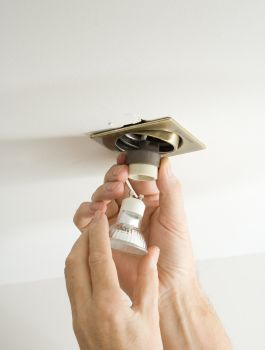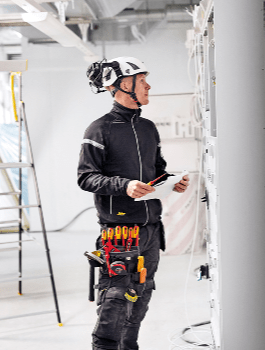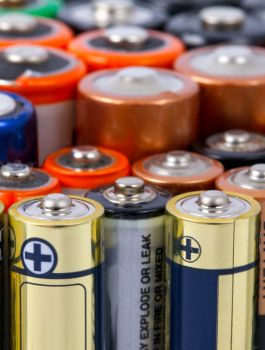
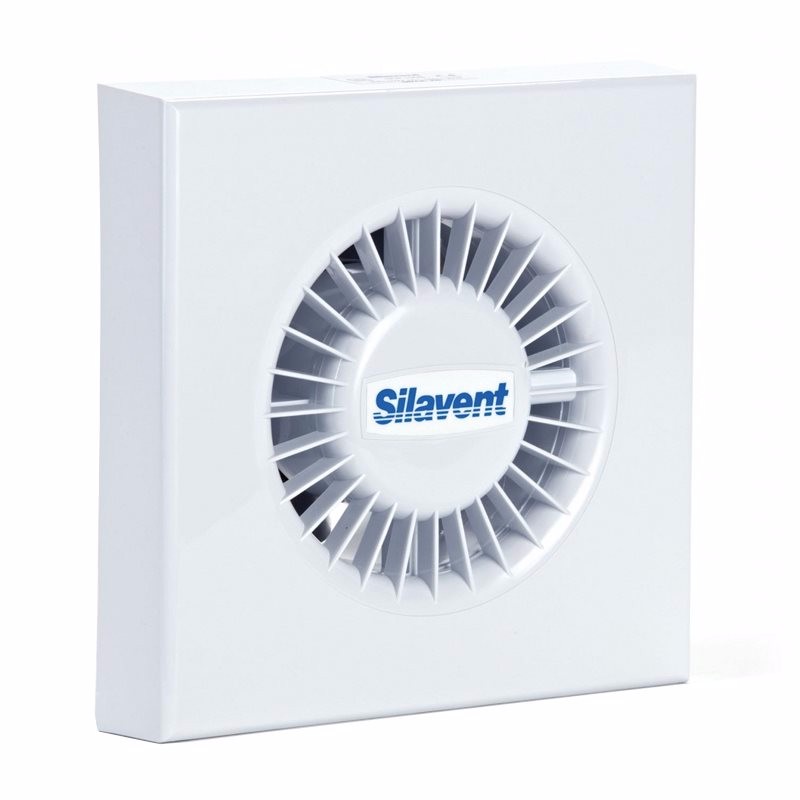 The nature of the bathroom extractor fan is that it’s designed to improve air quality within the home, it reduces humidity to eliminate condensation as well as issues with mould and damp.
The nature of the bathroom extractor fan is that it’s designed to improve air quality within the home, it reduces humidity to eliminate condensation as well as issues with mould and damp.
When choosing an extractor fan for your bathroom there are things you will need to consider, such as - Where will it be installed? Where will it vent to? What length is the vent? How close to water will it be? Are You aiming For Maximum extraction or just a trickle?
You also need to gauge your limitations. For example, if your bathroom does not have a roof space above it then an inline fan won’t be suitable. Maybe it isn’t even feasible because the cost to redecorate the bathroom afterwards would be too great. These are just a few of the factors that need to be considered when considering installing an extractor fan.
First, though, some things you need to know...
Electrical Wiring Regulations in the UK divide the bathroom into three zones depending on their close proximity to water. This will be a deciding factor on the fan you use for each zone.
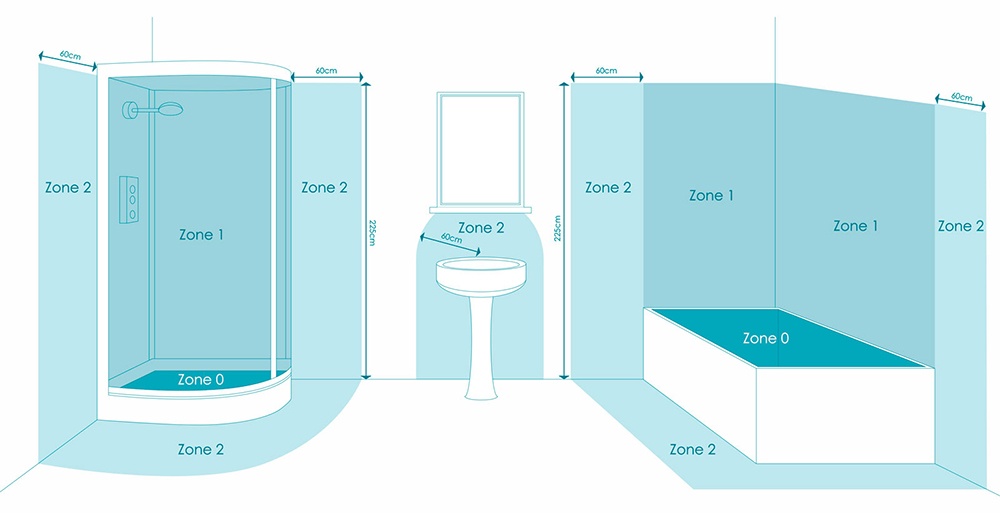
- Zone 0 - here you need at least a water protection of IPX7*. You’re talking about the area within your bathtub where 12V SELV (safety extra-low voltage) equipment can be used only.
- Zone 1 - This needs a minimum of IPX4*, which protects against water spray. This takes in the area directly above a bath and inside a shower.
- Zone 2 - The area just outside the shower zone. Just as in zone 1, this needs a minimum of IPX4*.
In areas outside these zones (zone 3), no IP rating is needed and so normal rules apply.
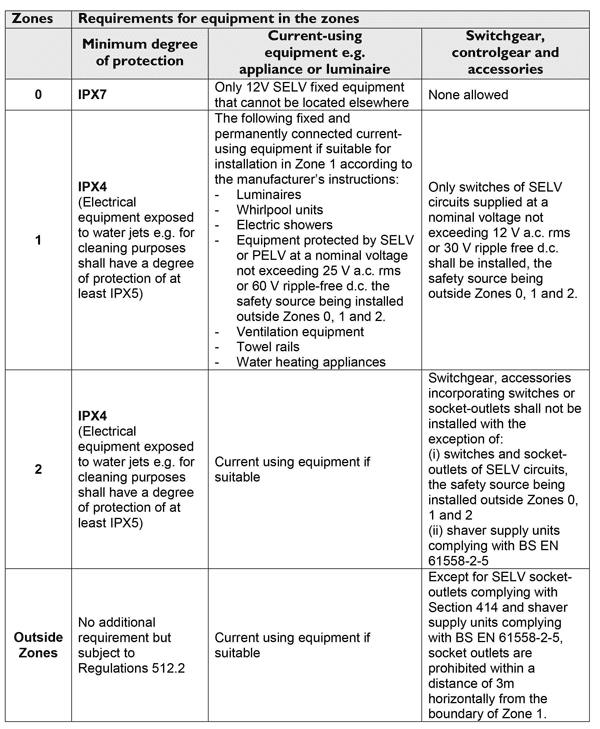
Official Table From The Lighting Industry Association
Where to put the extractor fan?
Zone 0
Not suitable for a fan
Zone 1 & 2
There are two types of fan which can be installed in these two zones;
- 12v fans, LV fans or SELV fans (Safety Extra Low Voltage). They use a transformer, kept in Zone 2 or outside of the zones which cuts the mains voltage (240v) to 12v.
- All fans with an IP45 motor (ingress protected) means they and their component parts are protected from water jets.
A vital advantage an IP45 rated fan has over a SELV fan is the cost. SELV fans have a tendency to be more expensive because of the added cost of the transformer. Plus, getting a SELV fan installed is a bigger, more expensive job. This comes down to the fact that the fan and the transformer have to be installed separately.
It goes without saying that a fan which has been rated for zones 0 and 1 can also be installed in zone 2.
Beyond the Zones
- All extractor fans can be installed here. These are areas which are considered a safe enough distance away from the main water sources - the shower and bath.
- Another type of extractor, installed in the roof space above the bathroom, is an inline fan. The fan is connected to the bathroom with ducting and because it’s stored outside the bathroom zones with only a plastic grille in the ceiling actual room they’re also good for extraction in all of the zones.
Impeller Size and Air Extraction Rate
Household fans come in two sizes: 4 inch /100mm and 6 inch / 150mm. In most cases, a 4 inch model will suffice but for bathrooms bigger than 9m² the 6 inch fan is what you need or for rooms with special circumstances apply such as one with no natural ventilation, an especially cold bathroom, or bathrooms with large amounts of footfall such as those of larger families.
The extraction rate is a vital consideration and is measured litres per second (L/sec) or metres cubed per hour (m³/hr). Building Regulations state that a bathroom extractor fan has to extract at least 15L/s in a standard household bathroom. For the most part, the 4 inch models go way beyond this, the standard extraction rate is usually more along the lines of 85m3/hr.
All other aspects of the extractor being equal (Sound levels, power, price, etc) it’s recommended that you install the most powerful fan available.
Switches and Operating Choices
Fans can be wired into the lighting circuit to turn on and off with your lights or, by using![]() a separate remote switch, they can be operated separately. Extractor fans have a variety of additional switching options suited to different applications and needs. Many fans on the market come in three options - Basic, Timer, and Humidistat, although some also include pull cords and PIR versions.
a separate remote switch, they can be operated separately. Extractor fans have a variety of additional switching options suited to different applications and needs. Many fans on the market come in three options - Basic, Timer, and Humidistat, although some also include pull cords and PIR versions.




The basic model is only operated by the light or remote switch.
The timer model has, as the name suggests, a timer to keep the fan running for a set amount of time after the switch is turned off, ensuring that all steam and condensation has been removed from the room.
The humidistat fan turns on automatically when humidity levels in the bathroom reach a pre-set amount and turns off again when the humidity goes back to an acceptable pre-programmed level. These are perfect for bathrooms where the lights (and fan) Don’t always turn on manually, they are popular with landlords, or in areas where a fan is only needed to extract steam.
Fans with Pull cord are rare nowadays but they allow for local operation.
The PIR (Passive Infrared) sensors start the extractor fan automatically as soon as someone comes into the room
Aesthetics And Noise
Aesthetics - having spent a huge amount of money on an amazing bathroom, the last thing you is an extractor fan that is nothing but an eyesore.
- Homeowners are realising more and more that the bathroom is one place in the house where they can really add the WOW factor, adding beautiful light fittings and chic fixtures. Fan designs have gotten better in line with this, the old 'box with grilles' is disappearing and being replaced with more up-to-date designs which look good in any bathroom aesthetic.
- At the end f the day, though, the best extractor fan will always be the one that can't be seen. Inline fans sit in the middle of the duct run in the attic above the bathroom. At one end it is ducted to the outside of the property while the other end is ducted to a discreet 4 inch grille sitting flush on the ceiling of the bathroom. With this system, the only part of the extractor that can be seen in the bathroom is the flush grille.
Noise - Typical decibel measurement for an axial bathroom extractor fan ranges from between 35dB(A) to 45 dB(A). More powerful fans will range between40dB(A) and 55 dB(A). More recently manufacturers have been working on lowering the decibel levels even further with some coming in as low as 24.
*Note* Manufacturers' quoted decibel levels are taken at 3 metres which is industry standard and are taken in a test situation which might not necessarily replicate your installation. And remember - a fan which switches on at night will sound much louder than during the day.
More Information
To help you decide the right extractor fan for your home why not consult our handy Air Change Calculator and Table which will give you an idea of what the air change you should expect from your bathroom.
*The IP Code, International Protection Marking, IEC standard 60529 rates and classifies the level of protection provided against interference such as accidental contact, dust, or water by, for example, a mechanical casing or an electrical enclosure.*
Disclaimer: Please note - you should always get a competent professional to carry out relevant works. When this is Electrical work we would recommend using an *approved electrical contractor. Safety is always the most important aspect of any job so we always advise adhering to this information. Any information or 'advise' we provide is provided on the basis you will only carry out any works if you are ^competent and *approved in this field. If you are not ^competent and *approved in the field of work you are trying to do you are doing so at your own risk.
*Approved by NICEIC or equivalent.
^Competent - Has relevant experience or qualification in this field of work

 Hate
Hate
 Dislike
Dislike
 Neutral
Neutral
 Like
Like
 Love
Love

